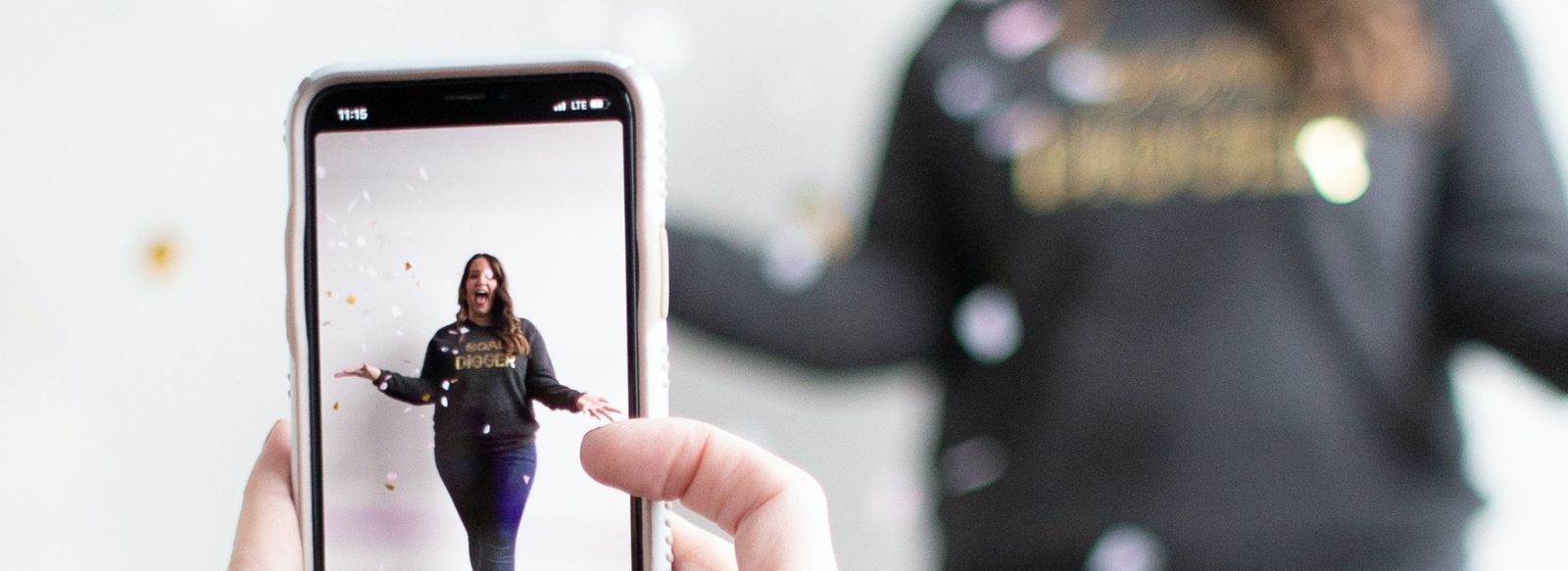The flashy, attractive sale campaigns and offers on Walmart, Amazon, Sephora, and many such e-commerce sites tempt many buyers to add all of them to their carts. However, not all of them see the light of day and remain abandoned in the virtual carts.
As an e-commerce business owner, one must be wondering what makes customers abandon their orders in their shopping carts.
While top-notch marketing strategies can drive traffic to e-commerce sites, it does not guarantee that a customer will follow through entirely by making a purchase.
According to statistics from Finances Online, cart abandonment rates range from 59.2% to 79.8%, most likely on Sundays, with the peak time being around midnight. This reflects the virtual window shopping experience that a customer seeks while browsing the internet.
The graph below highlights some top reasons why shoppers abandon their carts.

Source: Finances Online
What is Cart Abandonment and Why Does it Matter?
When a customer adds items to their carts and follows through till the checkout but leaves it midway without making a purchase, it is known as cart abandonment.
Generally, customers will add multiple products to their cart but not purchase them for several reasons. This is a phenomenon we see with e-commerce websites, and it can result in losing customers.
Cart abandonment rate adds to the lost revenue, and it is one of the major reasons why e-commerce sites are concerned. An estimated amount of goods worth $4 trillion was abandoned in 2021.

Source: Credit Donkey/ Finances Online
Some potential reasons for shoppers to leave their carts behind are:
- High additional costs (48%)
- Having to create an account (24%)
- Slow delivery services (22%)
- Not being able to trust the site with credit card information (18%)
- Complicated checkout processes (17%)
- Not being able to calculate the total cost (16%)
- Technical errors/ Website crashed (13%)
- Unsatisfactory return policy (12%)
- Not many payment options were available (9%)
- Credit cards declined (4%)
Instead of losing out on trillions of dollars in revenue, retailers can recoup these into potential revenue by strategically minimizing their cart abandonment rates.
Reduce the Cart Abandonment Rate Strategically for Your Online Store
1. A Variety of Payment Options
Online shopping, for many, is a matter of convenience, and payment solutions play a significant role. While checking out, if a customer fails to find a payment option that they are more likely to use or are comfortable with, there are high chances they are going to abandon their carts.
Online payment is a nerve-wracking process, and no customer wants to set up a new method they aren’t comfortable with, especially if they are first-time buyers.
Psychologically, we make a lot of associations and are more likely to opt for those solutions that are less uncertain and more reliable.
2. Shipping Policies And Terms
An online shopper generally looks out for the best deals. When checking out, the most common reason for them to not follow through with the purchase is added shipping charges or other additional fees.
Free shipping makes a huge difference in whether a customer buys a product or not. You can mention this at the top of your page or alongside product descriptions.
If you have to charge for shipping, mention your shipping charges early and clearly for the customer to see. This can help alleviate any anxiety they might have about shipping costs.
You could also try offering discounts and offers such as free shipping for orders over a specific amount.
3. Make Checkout Easier
For many, navigating the online world itself is daunting and shopping online may not come naturally to them.
Let’s say your website is pretty simple and user-friendly to navigate through. But still, you have a significant number of abandoned carts. It could be that your checkout page is not as simple as the rest of your website.
No one wants to put in a lot of effort at checkout, especially when they can go to any other store that has a simple checkout page.
To reduce cart abandonment, simplify your checkout to ease your customers from the stress of having to fill out a tedious checkout form to make a simple purchase.
Special Tip: learn how to build an e-commerce website
4. Provide All Necessary Information
From shipping charges to delivery timelines, providing the customer with all the vital information reduces cart abandonment. This is because they want ready details to be easily accessible.
For some, the delivery time might be of concern. For others, it might be knowing all the hidden additional charges that need to consider.
5. Guest Checkouts
Physical stores don’t ask customers for their details to log in, right? They just come in, make their purchases, and leave.
Online shopping is more convenient for many, however, the fact of having to create an account for a purchase might just prove to be more of an obstacle. Having to sign in, verify details, and remember the information for next time is a bit of a hassle.
Providing a guest checkout option can save time and prevent a customer from closing the page before making a purchase, and it leads to better customer retention.
6. Checkout Indicators
Everyone likes to know how far they have progressed. Physical stores have it easy that way because you can see just how many people are ahead of you in line.
Online stores, not so much. Help a customer know how far they have progressed while making a checkout with a progress indicator. This helps them know how far they are, how many steps are involved, and how many steps are left.
7. Cart Abandonment Email Reminders
These days, it’s pretty common to receive emails reminding us of the products we have added to a cart.
Whether you add items to your cart and wait to make a purchase or have consistently kept an eye on a product, expect the store to follow up with reminders.
Customers might decide not to purchase an item for any of the reasons mentioned above. Sometimes, it’s possible they get distracted or occupied with something else and forget to get back to their cart.
This is where reminder emails (or even texts) can help lead them back to you. A thoughtfully crafted email can make them more likely to proceed with the purchase, especially if the email is well written.
8. Pop-Ups with Exit Intent
We don’t want a shopper to click off the page without making a purchase. This is when pop-ups can make or break the game.
Exit-intent pop-ups appear when a shopper is about to leave the page without making a purchase. They usually have limited-time offers or discounts that can sway the shopper into completing the transaction.
No one can resist a great deal, after all, right?
9. Optimize Load Time
Time is a key concern for most people. If your load time is too long, chances are that the customer will most likely abandon their cart. A 0-4 seconds load time is a “good” load time for high conversion rates. The first 5 seconds have the highest impact on the conversion rates.
According to research by Google, the average load time taken by a mobile page is around 15.3 seconds. This is often due to users having multiple tabs and elements open on their phones. Google reports that most buyers bounce off after 3 seconds if the page does not load.
In a research poll conducted, around 70% of buyers confessed that page speed affects their willingness to shop from an online retailer.
Optimizing the mobile experience by avoiding heavy graphics can help avoid crashes and glitches too. Remember, faster is always better in the digital world.
Cart Abandonment Around the Globe
Travel, gadgets, and fashion industries see the most cart abandonment around the world. On average, the estimated abandonment rate is 75.2% and in most of the regions, the rate is around this number with minor differences.
Asia and the Pacific Islands recorded the highest, with the Middle East being the second-highest and Europe recording the lowest rate.
Here’s a look at the other regions in between:

Source: Credit Donkey
Remember, online shopping is mostly about convenience and a great shopping experience. Keeping this in mind can help you design your e-commerce website in a manner that will appeal to customers.
Moreover, optimizing your shopping cart can add to a great shopping experience. Experiences and associations go a long way and a comfortable experience can turn customers into loyal buyers.






